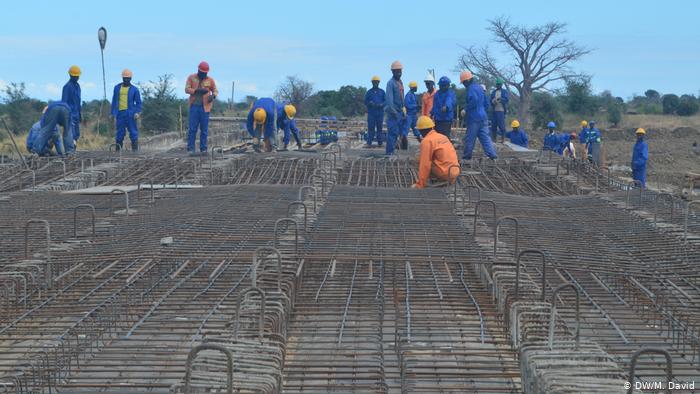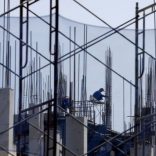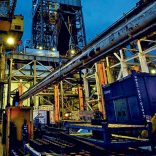Mozambique: ATM coverage reaches new lows in Q1
Take a look at the new roads in Niassa – Mozambique

All photos: DW
With the rehabilitation of the two main highways in Niassa, the N13 and N14, both vital for the development of the province, connections between the region and the rest of Mozambique and neighbouring countries are getting faster and safer.
Let’s get to work
The province of Niassa, the largest in Mozambique, is potentially rich in agriculture, tourism, conservation and mining, among other areas. Meanwhile, the state of the access roads is the main obstacle to the economic development of the province. But this scenario has already begun to change with the various rehabilitation works under way.

Road N13
Finally, the construction of national road N13, connecting the provinces of Nampula and Zambézia via Cuamba, has begun. It also connects with neighbouring Malawi, passing through Mandimba district. The rehabilitation is being divided in three parts: the Lichinga-Massangulo, Massangulo-Muita and Muita-Cuamba sections. These are more complex stretches on account of the bridges that need to be built.

From Mozambique to Malawi
Due to the close relationship between Mozambique to Malawi, tarmacking the Mandimba-Malawi road has been also contemplated. At the moment, earthworks have finished and the road is completely flat, with only surfacing missing to provide better connection between the two neighbouring countries. The old road made it difficult for people and goods to circulate practically the whole year round.

Montepuez-Balama Road
The rehabilitation and asphalting works of this 130-kilometre stretch linking Montepeuez in Cabo Delgado to Balama in Niassa is proceeding at full speed so as to have it finished by February 2020. The objective is to ensure the connection between the two northern provinces, especially from Niassa to the port of Pemba, and so boost trade.

Limit between Niassa and Cabo Delgado
Marrupa district in Niassa borders the province of Cabo Delgado via Balama district, separated by the river Ruança. On the Niassa side, the road is totally asphalted, but the same cannot be said for the road in Balama, as the picture shows.

Alternative routes with problems
In order to accelerate the rehabilitation of the N13 road without creating major disturbances in the mobility of people and goods, the companies in charge of the asphalting project are creating temporary detours. But these roads offer poor conditions and make circulating difficult, especially for large vehicles.

Safer crossing
The bridge over the Lunho river in the tourist district of Lake Niassa inaugurated in December 2018 by President Filipe Nyusi is a relief for the local population. Previously, they were obliged to cross the river in dugout canoes at the risk of being attacked by crocodiles. The bridge connects the areas of Chuanga and Messumba in the Lago District.

N14 rehabilitated
The 455 kilometre-long N14 connects the province of Niassa with neighbouring Cabo Delgado. It is a totally paved and signalled two-lane road that has already brought great relief to the many Niassans who use it daily.

“Accelerated development”
The rehabilitation of roads in Niassa is already encouraging the local population. Euclides Tavares, who lives in the provincial capital, believes that the works could bring an “accelerated development” for the region. “I think Niassa is going to change, because the province is only behind because of the poor state of the roads,” he says, celebrating the completion of the N14 between Lichinga and Cabo Delgado.

Impact on the future
Maria Orlando, another Niassa resident, is also happy that roadworks are continuing apace. For her, these roads “are bringing a new face to Niassa”, and their completion will be reflected in the future welfare of Niassa residents.












Leave a Reply
Be the First to Comment!
You must be logged in to post a comment.
You must be logged in to post a comment.